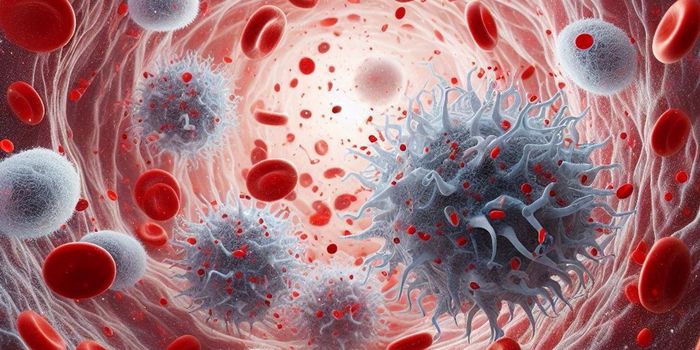New Osteosarcoma Model for Drug Development
The tumor microenvironment (TME) consists of the cells, healthy and malignant, molecules, and blood vessels, surrounding a tumor. The components of the TME provide access to the nutrients and growth factors tumor cells need to survive, grow, and move. The TME can provide oncologists with valuable information to inform treatment recommendations.
Because of the dynamics and complexity of the TME and the involvement of many interacting components, laboratory studies remain challenging. To study tumors in a laboratory setting, researchers culture tumor cells in flasks that grow in a single layer with limited ability to mimic the rest of the components in the TME. Standard methods for cell culture prevent cells from interacting with one another, limiting the signaling cues they would use to communicate in the body.
The discrepancy between the one-dimensional cell cultures and the three-dimensional TME can result in an inaccurate depiction of drug efficacy. In other words, a drug that appears effective in a laboratory may not prove beneficial when given to a patient. Thus, developing accurate pre-clinical models to mimic the TME and evaluate the efficacy of new drugs remains a priority. A team of researchers recently described a significant advancement in Biomaterials, and this work resulted in a three-dimensional tumor model that accurately mirrors the TME.
The study focused on immune cells known as tumor-associated macrophages (TAMs), which have become essential players in the TME due to their ability to promote tumor growth, invasion, metastasis, and drug resistance. The involvement of TAMS in these pro-tumor activities has poised them as a promising target for anti-cancer therapies.
The researchers set out to evaluate the effects of TAMs within the TME of osteosarcoma, cancer developing in the bones, primarily the long bones including the arms and legs. Previous work has demonstrated that stiffness of the connective tissue within the TME correlates to macrophage-driven inflammation. Thus, the team developed a three-dimensional model of the bone tumor environment in which they could control the stiffness of the TME. The researchers made the model using a stiff polymer and gelatin. By varying the ratio of these materials, they could manipulate the overall stiffness of the fibers that gave the model its three-dimensional structure.
The researchers co-cultured human osteosarcoma cells with macrophages in the osteosarcoma model at varying degrees of stiffness. The study showed that co-culture between osteosarcoma cells and macrophages within a moderately stiff environment led to significant inflammation, including high amounts of two cytokines: tumor necrosis factor-alpha (TNFα) and IL-6.
The researchers also evaluated the ability of osteosarcoma cells to respond to doxorubicin, a chemotherapy that works by blocking an enzyme required for cancer cells to grow and divide. Doxorubicin resistance occurred more frequently when treated in an inflammatory TME, and doxorubicin remained ineffective even when controlling inflammation with a signal transducer and activator of transcription 3 (STAT3) inhibitor.
The study provides the cancer research community with valuable information regarding the environmental cues that drive TAM activity in osteosarcoma. The authors suggest that researchers and drug developers consider these signals when testing new therapeutics.
Sources: Font Immunol, Biomaterials, Science, Pharmacol Therapeutics









